Home>Technology>Home Entertainment Systems>What Size Projector Screen Do I Need


Home Entertainment Systems
What Size Projector Screen Do I Need
Modified: January 9, 2024
Find the perfect size projector screen for your home entertainment system. Get expert advice and tips on choosing the right screen size.
(Many of the links in this article redirect to a specific reviewed product. Your purchase of these products through affiliate links helps to generate commission for Storables.com, at no extra cost. Learn more)
Introduction: Understanding the Importance of Choosing the Right Size Projector Screen
When it comes to creating an immersive viewing experience, the size of the projector screen plays a pivotal role. Whether you're setting up a home theater, a conference room, or a classroom, selecting the right screen size is crucial for maximizing visual impact and ensuring optimal viewing comfort. In this guide, we'll delve into the key factors to consider when determining the ideal size for your projector screen. By understanding these factors, you can make an informed decision that enhances your overall viewing experience.
The size of the projector screen directly influences the way content is perceived, making it essential to carefully consider various aspects before making a selection. Factors such as room size, viewing distance, aspect ratio of the projector, and screen material all contribute to the overall impact of the projected image. By taking these factors into account, you can create a viewing environment that is tailored to your specific needs, whether you're enjoying a movie night at home or delivering a professional presentation.
Choosing the right size projector screen is not only about maximizing visual impact but also about optimizing the viewing experience for everyone in the audience. By striking the perfect balance between screen size and viewing distance, you can ensure that every detail is captured with precision, whether it's the nuances of a film or the data in a presentation. This guide will walk you through the essential considerations for selecting the ideal projector screen size, empowering you to create a captivating visual experience tailored to your unique requirements.
As we explore the factors to consider and the methods for calculating the optimal screen size, you'll gain valuable insights into the intricacies of projector screen selection. Additionally, we'll discuss common screen sizes for different viewing setups, providing you with a comprehensive understanding of the options available for various environments. By the end of this guide, you'll have the knowledge and confidence to choose the perfect projector screen size for your specific needs, ensuring that every viewing experience is nothing short of exceptional.
Key Takeaways:
- Choose the right projector screen size by considering room dimensions, viewing distance, aspect ratio, and screen material. This ensures a captivating and comfortable viewing experience for movies, presentations, and more.
- Calculate the ideal screen size using the projector’s throw ratio and spatial dynamics. Tailor the screen size to different setups, such as home theaters, conference rooms, and classrooms, for maximum visual impact and engagement.
Read more: What Paint Do I Use For A Projector Screen
Factors to Consider
When determining the size of your projector screen, several crucial factors come into play, each of which significantly impacts the overall viewing experience. Understanding and carefully considering these factors will guide you towards selecting the ideal screen size for your specific setup. Let’s explore the key considerations:
- Room Size and Layout: The dimensions and layout of the room where the projector will be used are fundamental in determining the appropriate screen size. A larger room may accommodate a bigger screen, allowing for a more expansive viewing experience, while a smaller space may necessitate a more modest screen size to maintain optimal viewing angles and visual balance.
- Viewing Distance: The distance between the projector and the audience is a critical factor in determining the screen size. A screen that is too large for the viewing distance can lead to discomfort and visual strain, while a screen that is too small may not fully engage the audience. Finding the right balance ensures that every viewer can comfortably take in the entire projected image without feeling overwhelmed or underwhelmed.
- Aspect Ratio of the Projector: The aspect ratio of the projector, which refers to the proportional relationship between the width and height of the projected image, should align with the aspect ratio of the screen. This ensures that the image is displayed without distortion, maintaining its intended proportions and visual fidelity.
- Screen Material and Type: The material and type of the screen can significantly impact the quality of the projected image. Factors such as screen gain, color accuracy, and ambient light resistance should be considered when selecting the screen material and type, as these elements directly contribute to the overall visual performance of the projector system.
By carefully evaluating these factors in relation to your specific viewing environment and preferences, you can make informed decisions that lead to an optimal projector screen size. Each of these considerations plays a vital role in creating a captivating and comfortable viewing experience, ensuring that every visual presentation, movie night, or gaming session is truly immersive and enjoyable.
Calculating Screen Size
Calculating the ideal screen size for your projector setup involves a thoughtful consideration of various technical aspects and spatial dynamics. By leveraging the projector’s throw ratio, determining the optimal screen width, and considering the screen’s height and diagonal size, you can arrive at a screen size that complements your viewing environment and maximizes visual impact.
- Using the Projector’s Throw Ratio: The throw ratio of a projector is a critical metric that influences the size of the projected image. It represents the relationship between the distance of the projector from the screen and the width of the resulting image. By understanding the throw ratio of your projector, you can calculate the ideal screen size based on the desired image width and the available projection distance, ensuring that the image fills the screen without distortion or loss of clarity.
- Determining the Optimal Screen Width: Once you have identified the throw ratio of your projector and the available projection distance, you can calculate the optimal screen width to achieve the desired visual impact. This calculation involves considering the throw distance in relation to the desired image width, allowing you to determine the appropriate screen size that aligns with your viewing preferences and spatial constraints.
- Considering Screen Height and Diagonal Size: In addition to the screen width, the height and diagonal size of the screen play a crucial role in creating a balanced and engaging visual experience. By considering the screen’s height in relation to its width and diagonal size, you can ensure that the projected image is proportionate and visually appealing, capturing every detail with precision and clarity.
By carefully navigating these calculations and technical considerations, you can arrive at a screen size that optimally complements your projector system, viewing environment, and audience preferences. This meticulous approach ensures that every visual presentation, movie screening, or gaming session is enhanced by a thoughtfully selected screen size, delivering an immersive and captivating viewing experience.
To determine the size of projector screen you need, measure the distance from the screen to the projector. Then, use a screen size calculator to find the recommended screen size based on that distance. This will ensure the best viewing experience for your space.
Common Screen Sizes
Understanding the common screen sizes for different viewing setups is essential in selecting the right screen size for your specific environment. Whether you are setting up a home theater, a conference room, or a classroom, the optimal screen size can significantly impact the overall visual experience. Let’s explore the standard screen sizes and considerations for various viewing setups:
- Standard Screen Sizes for Different Viewing Setups: The ideal screen size varies based on the nature of the viewing environment. For a home theater, larger screen sizes, such as 100 to 120 inches diagonally, are often preferred to create a cinematic experience that fully immerses the audience. In contrast, conference rooms may benefit from moderate screen sizes, typically ranging from 70 to 90 inches diagonally, allowing for clear visibility of presentations and video conferencing content. Similarly, classrooms may require smaller screen sizes, typically in the range of 60 to 80 inches diagonally, to ensure that educational materials are effectively conveyed to all students.
- Choosing the Right Screen Size for Home Theater, Conference Room, or Classroom: When selecting the appropriate screen size for a home theater, considerations such as viewing distance, room dimensions, and desired visual impact come into play. A larger screen size can deliver a more immersive cinematic experience, provided that the viewing distance and room layout can accommodate it. In a conference room, the screen size should allow for clear visibility from all seating positions, facilitating effective communication and collaboration. For classrooms, the screen size should be tailored to ensure that educational content is clearly visible to all students, promoting an engaging and inclusive learning environment.
By aligning the screen size with the specific requirements of the viewing setup, you can create an environment that maximizes visual impact and ensures optimal engagement for every viewer. Whether you are transforming your living room into a home theater, outfitting a professional conference space, or enhancing the educational experience in a classroom, the right screen size plays a pivotal role in delivering a captivating and immersive visual experience.
Conclusion
Choosing the correct screen size for your projector is a decision that significantly influences the overall viewing experience, whether it’s for entertainment, professional presentations, or educational purposes. The importance of this decision cannot be overstated, as the screen size directly impacts visual immersion, comfort, and the overall effectiveness of the projected content. By carefully considering factors such as room size, viewing distance, aspect ratio, and screen material, and leveraging technical calculations, you can ensure that the selected screen size aligns perfectly with your specific needs and preferences.
Optimizing the viewing experience through the selection of the right screen size enhances every aspect of visual content consumption. Whether you are enjoying a movie with family and friends, delivering a compelling business presentation, or facilitating an engaging learning environment, the screen size sets the stage for an impactful and memorable experience. A well-suited screen size creates a harmonious balance between the projected image and the viewing environment, ensuring that every detail is captured with precision and clarity.
Furthermore, tailoring the screen size to the unique requirements of different viewing setups, such as home theaters, conference rooms, and classrooms, allows for a customized approach that maximizes engagement and visual communication. By understanding the standard screen sizes for each setting and making informed decisions based on specific needs, you can create an environment that fosters immersive entertainment, effective collaboration, and enhanced learning experiences.
In conclusion, the process of selecting the correct screen size for your projector is a fundamental aspect of creating a captivating and comfortable viewing environment. By taking into account the various considerations and leveraging technical insights, you can ensure that every visual presentation, movie screening, or educational session is elevated by the optimal screen size, delivering an experience that is truly immersive, engaging, and visually stunning.
Frequently Asked Questions about What Size Projector Screen Do I Need
Was this page helpful?
At Storables.com, we guarantee accurate and reliable information. Our content, validated by Expert Board Contributors, is crafted following stringent Editorial Policies. We're committed to providing you with well-researched, expert-backed insights for all your informational needs.



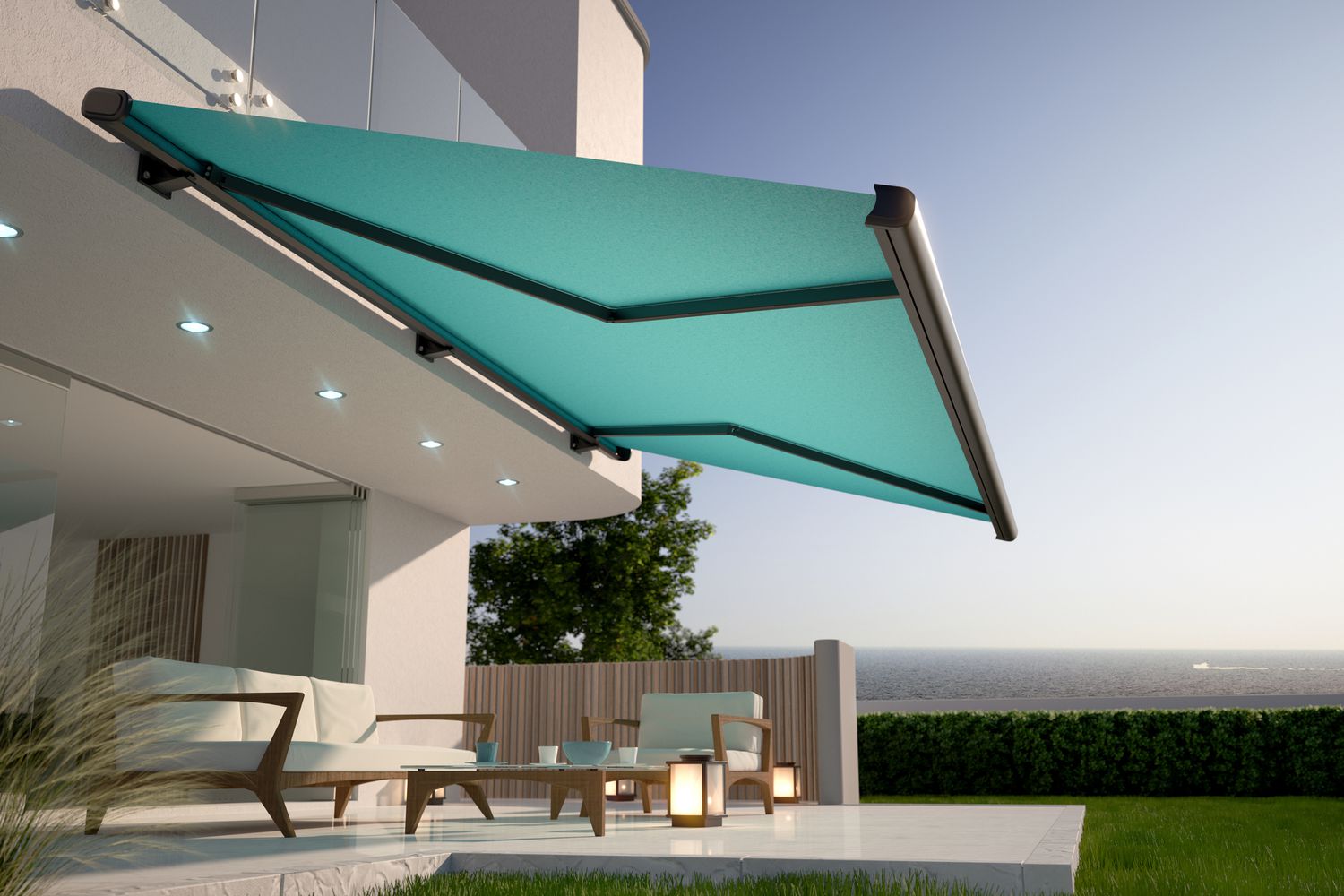



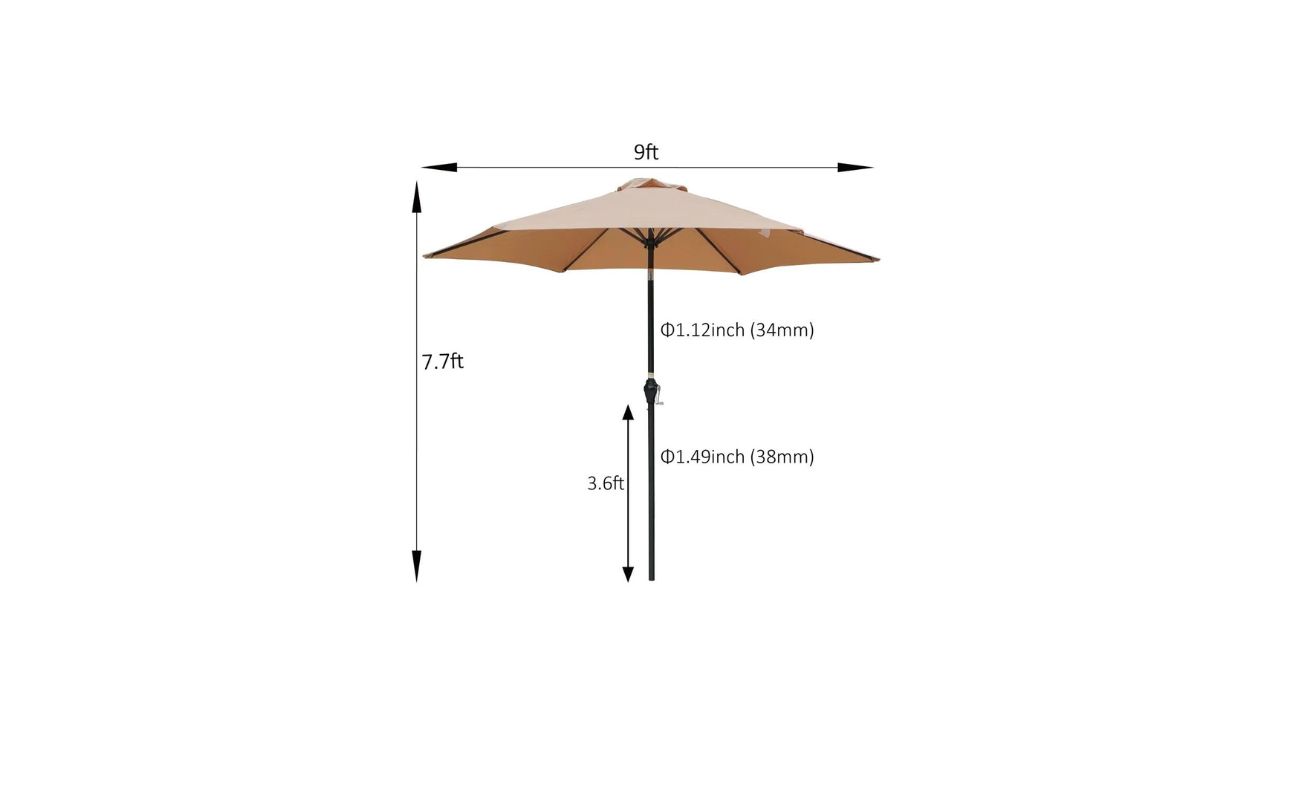
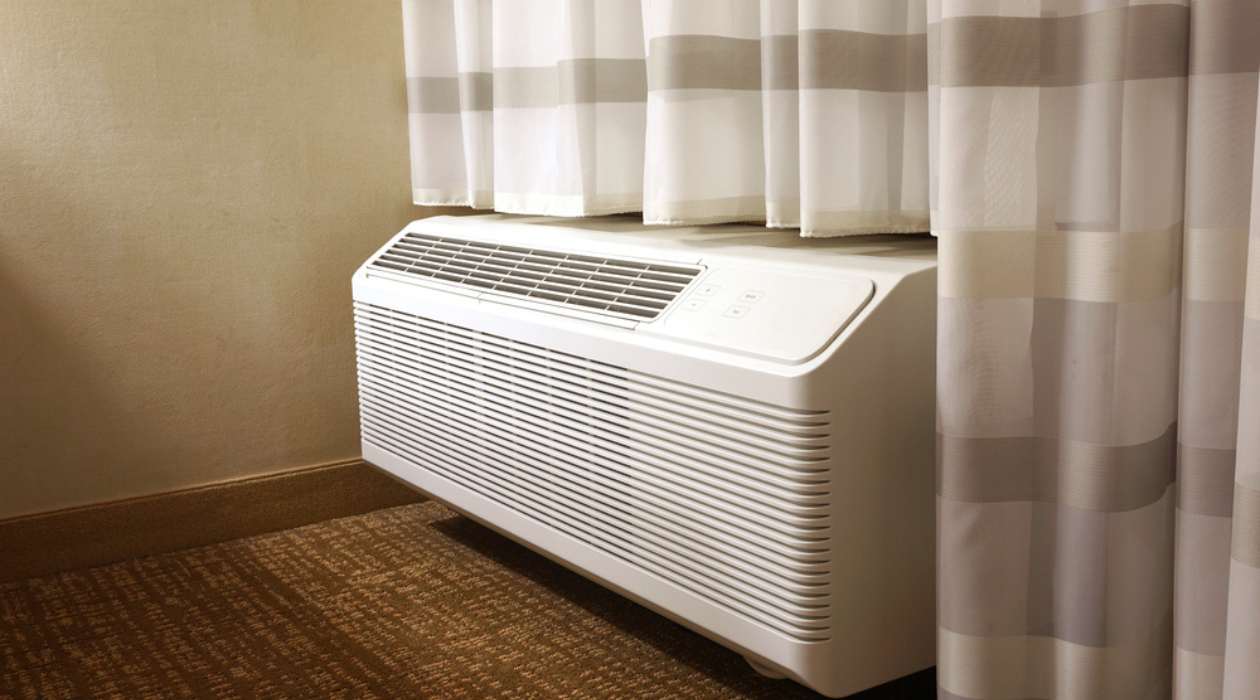

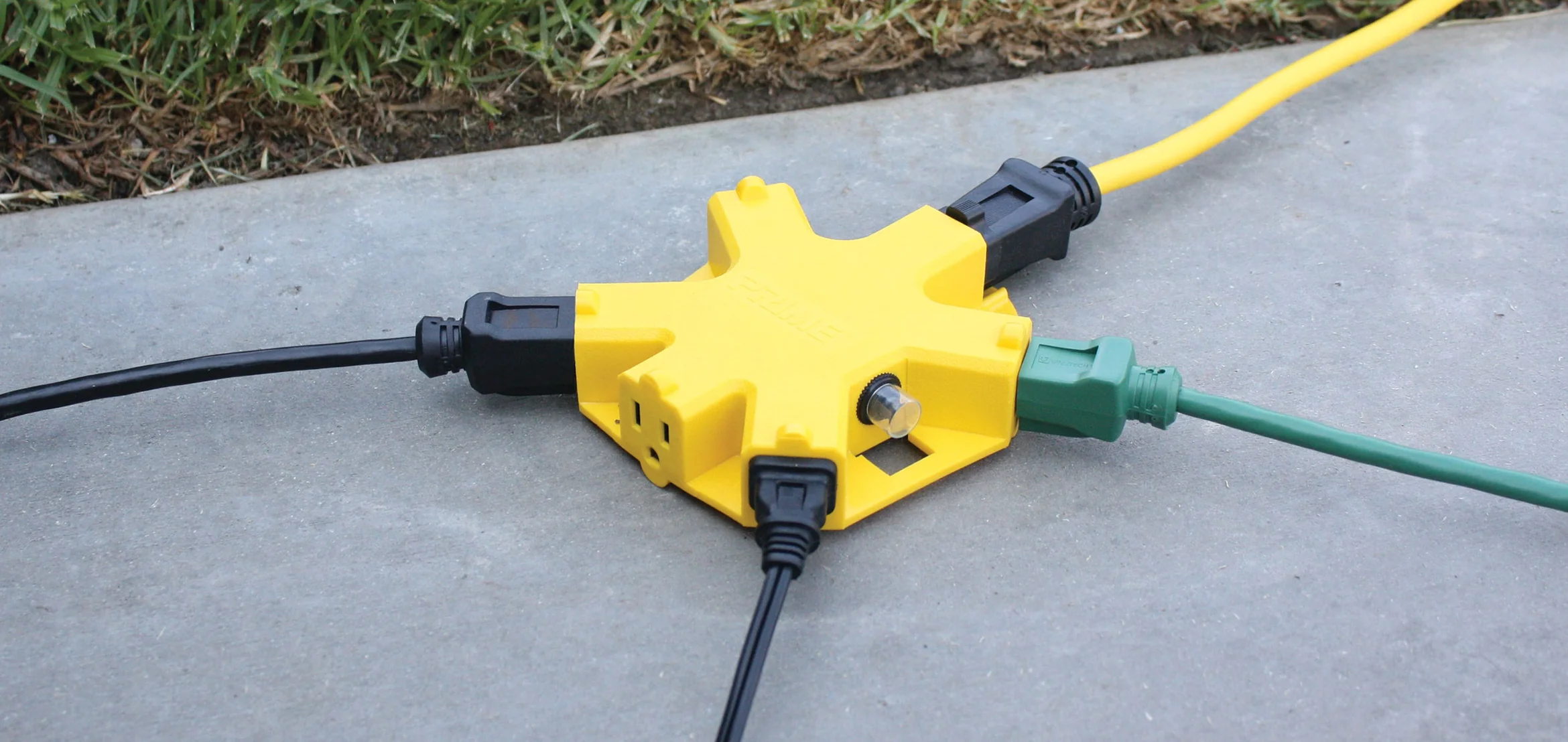

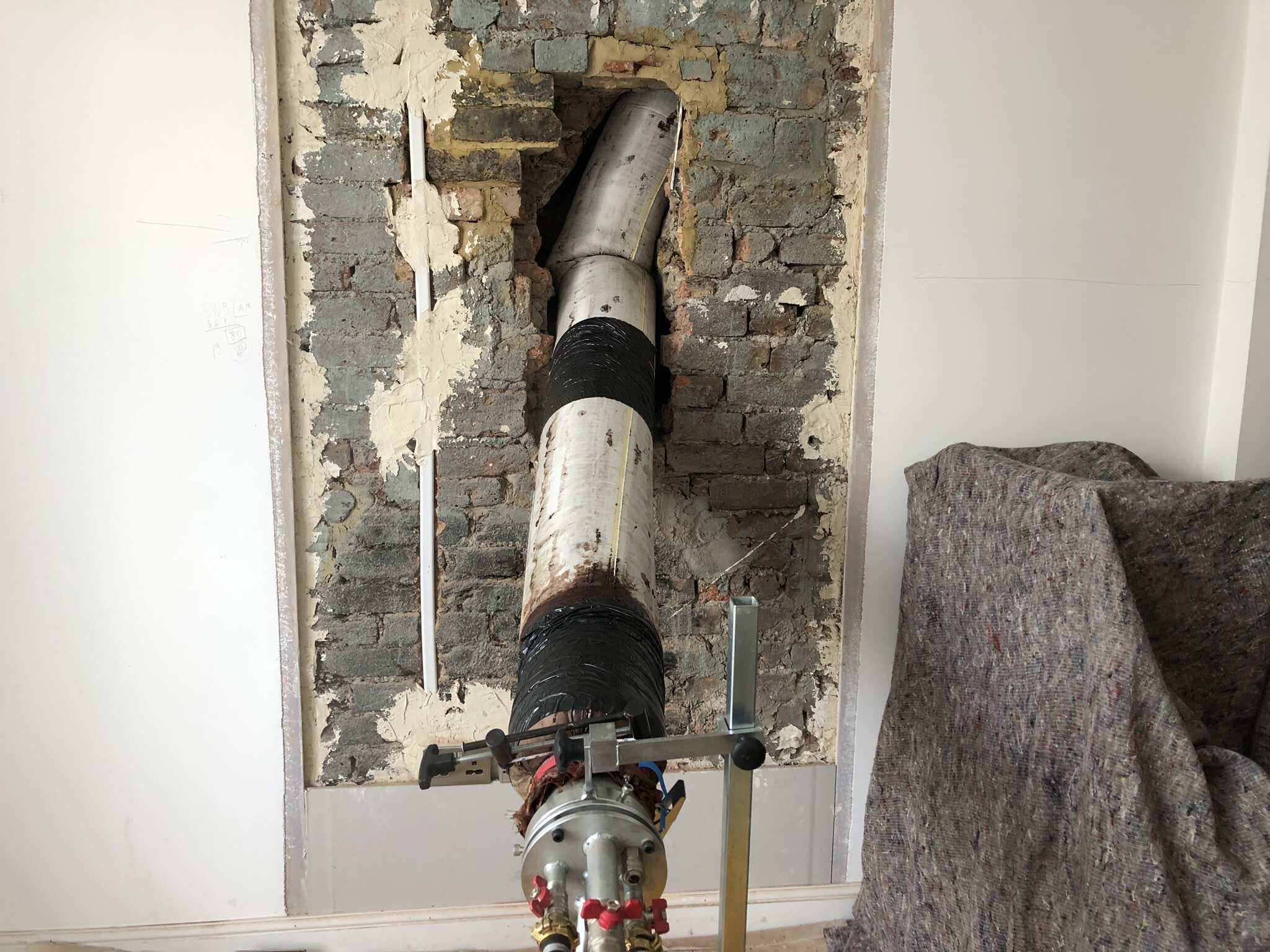
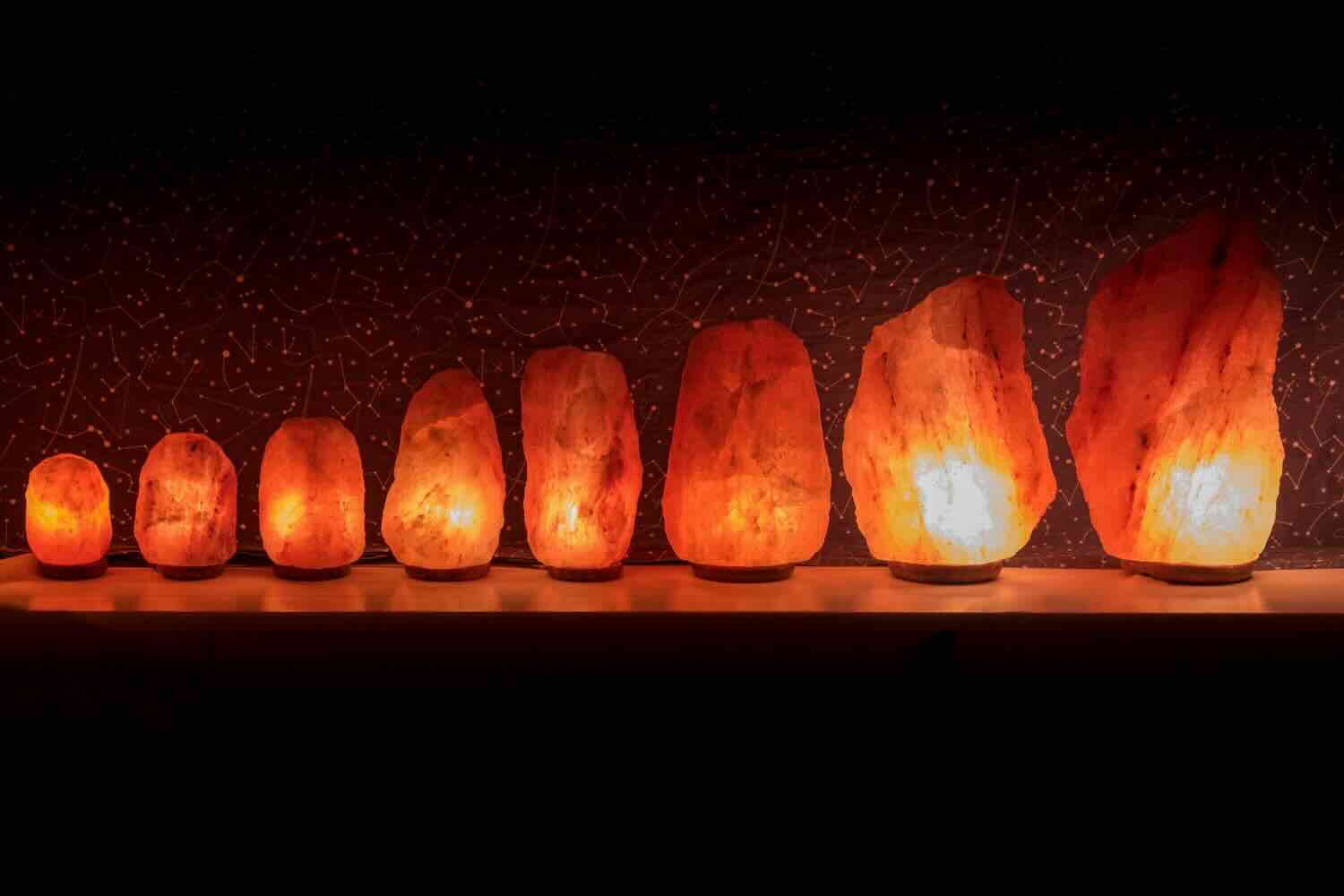
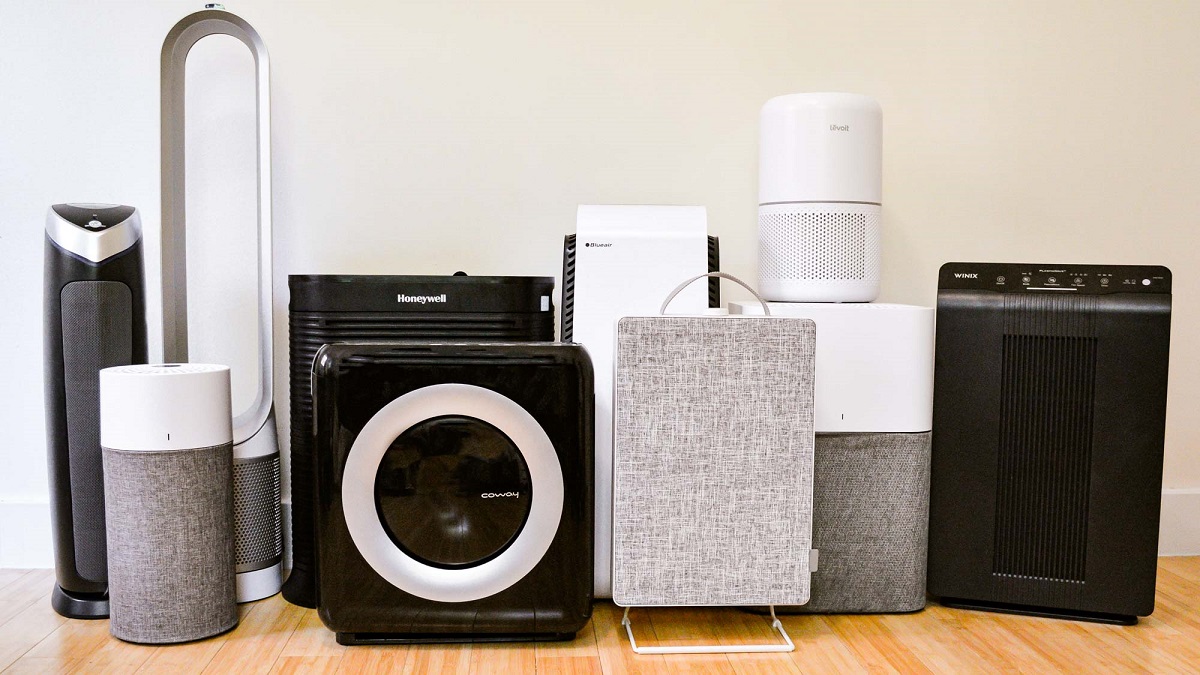

0 thoughts on “What Size Projector Screen Do I Need”